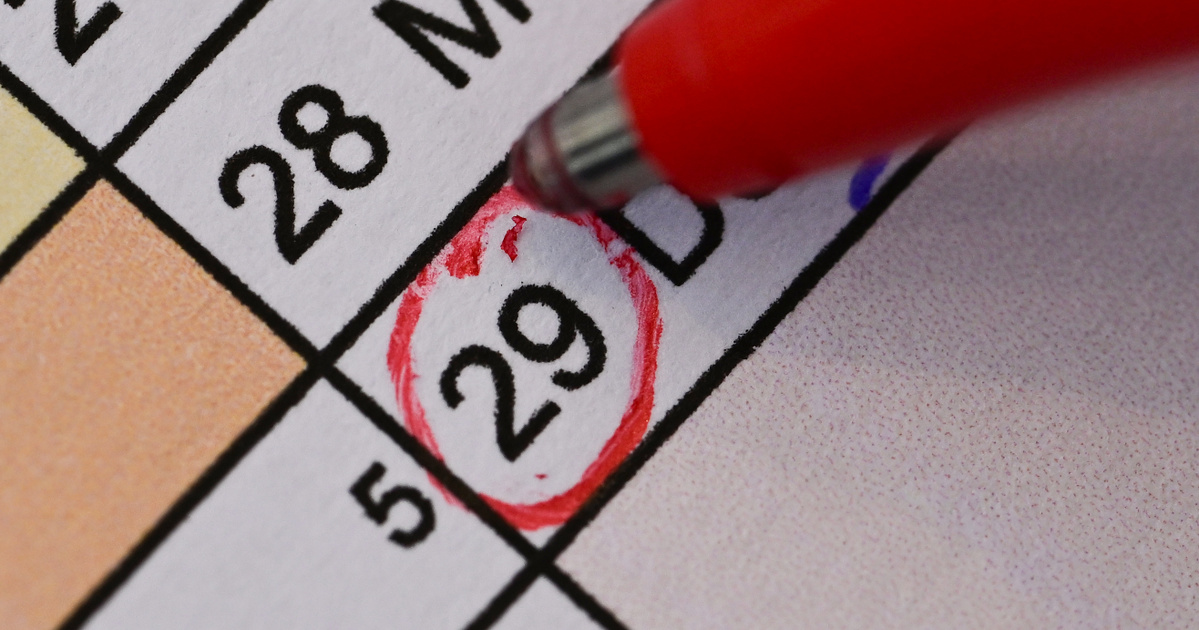Astronomical facts are not absolute, and even if slowly, they are constantly changing, which is why the stability of timekeeping also requires constant adjustments – if we did not do it this way, before long we would be celebrating Christmas in the summer.
We try to approximate the calendar year to the sidereal year, of which there are several. We know that a year is the time in which our planet revolves around the Sun: if we just look at its orbital path, this is what is called a sidereal year. This can be determined by observing the appearance of certain constellations in the same sky. However, the angle of inclination of the Earth's axis changes independently of rotation, so if we followed a sidereal year, the seasons would gradually migrate – thus, this approach was, by definition, not suitable for organizing ancient agriculture, which constitutes the Earth. The foundation of human civilization.
The other option is to observe the path of the sun, not the stars, and find your way based on the equinox and solstice. This is the solar or tropical year on which our calendars are based, and it is 20 minutes shorter than the sidereal year.
time is running out
The Earth revolves around the Sun in 365 and a quarter days, and we round this number and add one day to the year every four years: this is a leap day. The truth, of course, is that the year consists of 365.242188931 days, which means that not a single day is missed no matter how much we count.
Caesar's problem in BC. It became apparent in the Julian Calendar, or Julian Calendar, which was introduced in 45 and was based on the Egyptian calendar, which is several thousand years old. In the Julian calendar, every year divisible by four was a leap year, so it had 365.25 days. In the Gregorian calendar that has been in operation since 1582, with a few days removed, the year is on average 365.2425, which is much closer to the long number mentioned above. This isn't perfect either, but if we skip a leap day even in years divisible by 3200, this calendar slips one day every 700,000 years.
According to the Gregorian calendar, years ending in 00, marking the beginning of a century, are considered leap years only if they are divisible by 400. The years 2000 and 1600 may have been leap years, but 2100 will not be. It also means that nearly six million people born on a leap day will have to wait eight years after 2096 for their own birthday.
Our world is slowing down
Over longer time periods, it may become necessary to take other variations into account as the Earth's rotation slows down. This is due to the influence of the Moon's gravity, which causes tides and slows the rotation of our planet, but also slows the Moon, which is gradually moving away. A day is currently 23 hours, 56 minutes and 4.09 seconds long, but it is lengthening by 14 microseconds every year. 4 billion years ago, the day was only 6-8 hours long, in the Precambrian it was 22 hours, and in the Cretaceous it was only 20 minutes shorter than the day.
As the days increase, fewer leap days will be needed in the long run
In 4 million years, there will be exactly 365 days in each year.
Of course, the process does not stop here, after ten million years, reverse leap days become necessary, as it is believed that February 28 must be missed in order for the calendar to remain stable.














































